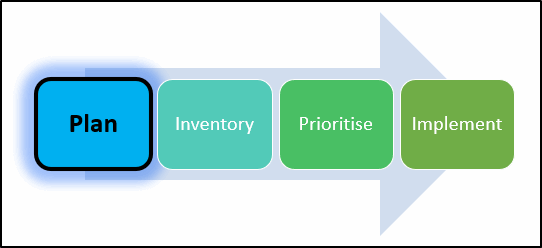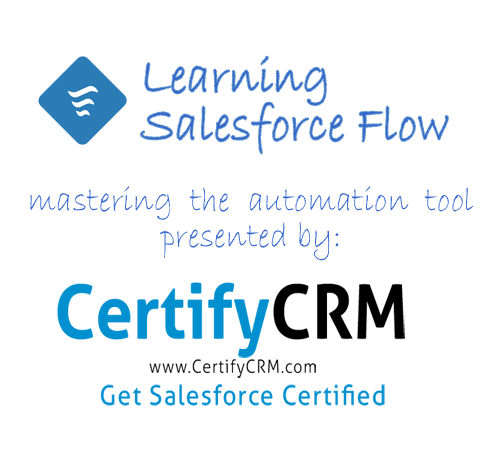Make the Transition to Salesforce Flow (2)
(part 2 of 5)
It’s Transition to Flow time!
Salesforce is retiring Workflow rules and Process Builder in the near future. The time to start planning to move your Salesforce automations to Flow is now. In this series of articles, I will explain why this change is occurring, what you need to do and I will even provide you with a plan to migrate all your workflows and Process Builder to Flow.
Planning

In the first phase of your Flow Transition project, you need to Plan, Commit, and develop a Training Plan.
Planning
Plan your transition by setting a goal. Whether it is a time-based goal (e.g., by July 2022) or some other criteria, you need to identify what is important to your organisation. Moving all Case automations to flow may be a higher priority because a large number of Process Builders you have is impacting the performance of cases. Alternatively, you may decide to move all automations for a specific object.
Prioritisation strategies may include:
- Complete all automation migrations by a set date
- Implement by cloud – e.g., Sales Cloud automations then Service Cloud
- Implement by business function e.g., Sales, HR, Service, Finance
- Implement object by object (e.g., opportunities may have more automations)
- Complete the simple, standalone automations first, moving to complex automations as the team gains skills and confidence with flow.
- Start with the automations that are causing performance issues first
- Start with workflow rules first then Process Builder
Commitment
Commit to using a % of your monthly/weekly capacity to rid your org of technical debt. Get management and your team support for the goal. Without the whole team understanding and committing to a goal, you will be unlikely to reach it.
Training Plan
Identify the training needs of your team, training resources available, budget and plan your Flow upskilling requirements. Simply asking your team to start work on all the Flow modules in Trailhead is not a plan. You need to have a training plan that is SMART.
- Specific – exactly which courses must be completed?
- Measurable – how can you measure completion?
- Achievable – are these results achievable?
- Realistic – are you being realistic with these goals?
- Timely – do you have timelines when these training goals are to be completed?
You can get started on your Flow training here:



One Comment